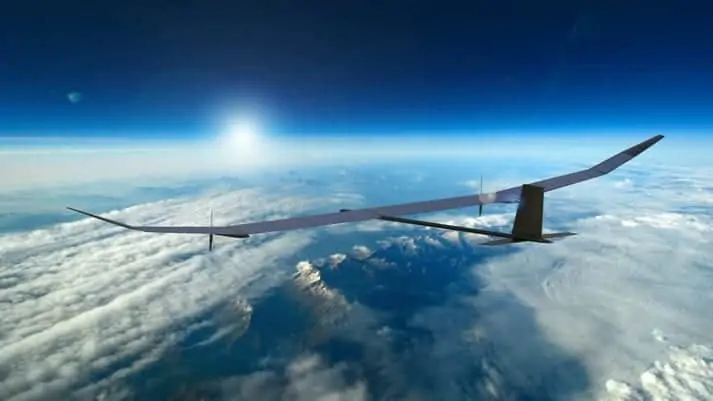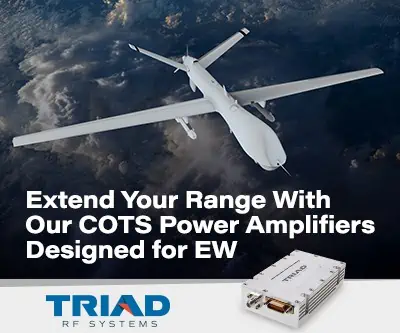BAE Systems and Prismatic have announced an agreement to develop a new solar electric unmanned aerial vehicle (UAV), which has the potential to fly for up to a year before needing maintenance. Engineers from the two companies will collaborate on the development of the new solar powered High Altitude, Long Endurance (HALE) UAV known as PHASA-35, with work already underway to prepare the first aircraft to be ready for flight tests in 2019.
The technology would offer a year-round, low cost persistent service for a wide range of needs including surveillance and vital communications to remote areas, using only the sun to power the aircraft during the day and recharge the batteries for overnight operation.
Solar HALE vehicles offer a significantly cheaper alternative to conventional satellite technology, with PHASA-35 (standing for Persistent High Altitude Solar Aircraft) being a concept solar electric UAV that uses proven, long life battery technology and ultra-lightweight solar cells to potentially maintain flight for up to 12 months.
The PHASA-35 concept has a 35-metre wingspan and weighs just 150kg – its lightweight, efficient build allows it to fly at high altitudes for long periods of time.
A quarter scale model (named PHASE-8) completed a successful maiden flight in 2017, with Prismatic Ltd and BAE Systems now looking to take the technology a step further.
“Prismatic is a fast paced and forward thinking company and PHASA-35 is a great example of what the team can achieve in a short space of time. We were keen to invest in the programme as part of our long term strategy to explore new technologies and solutions in air and space. I look forward to working with the team and I’m sure the collaboration will add further strength to both ourselves and Prismatic,” said Michael Christie, Strategy Director within BAE Systems’ Air sector.
BAE Systems will invest in the development and flight testing of the PHASA-35 system as part of its drive to continually develop new technologies to support aircraft of the future, working collaboratively with SMEs and academia.
BAE Systems has a portfolio of patents and patent applications covering approximately 2000 inventions internationally, and under the agreement with Prismatic, it will provide expertise in aerospace technology and project management to progress the PHASA-35 programme through to a marketable offering.
“PHASA-35 has the ability to revolutionise the way we think about Beyond Line of Sight communications. It’s great to have the support of a world leading technology company like BAE Systems. I’d like to extend a huge thank you to the team who have worked tirelessly over the past two years to develop PHASA-35 as a proven, cost effective and reliable system,” commented Paul Brooks, Founder and Managing Director of Prismatic Ltd.



















